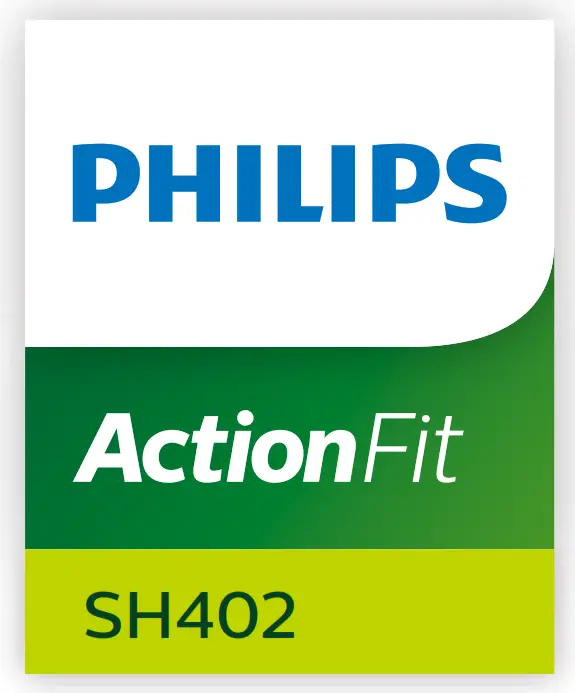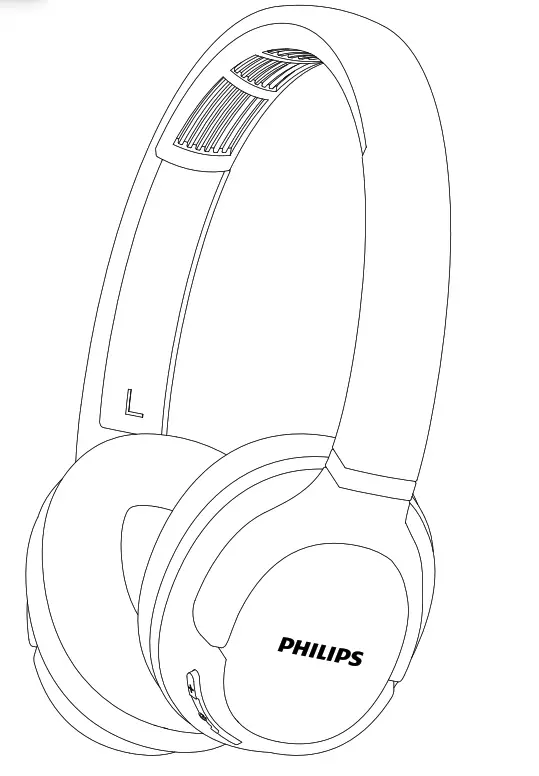
User manual
Register your product and get support at www.philips.com/support
1 Important safety instructions
Hearing Safety
![]() Danger
Danger
- To avoid hearing damage, limit th etime you use headphones at high volume and set the volume to a safe level. The louder the volume, the shorter the safe listening time is.
Be sure to observe the following guidelines when using your headset.
- listen at reasonable volumes for reasonable periods of time.
- Be careful not to adjust the volume continuously upwards as your hearing adapts.
- Do not turn up the volume so high that you can’t hear what’s around you.
- You should use caution or temporarily discontinue use in potentially hazardous situations.
- Excessive sound pressure from earphones and headphones can cause hearing loss.
- Using headphones with both ears covered while driveing is not recommended and may be illegal in some areas while driving.
- For your safety, avoid distractions from music or phone calls whil in traffic or other potentially dangerous environments.
General information
To avoid damage or malfunction:
![]()
![]()
![]()
- Do not expose headphones to excessive heat.
- Do not drop your headphones.
- Headphones shall not be exposed to dripping or splashing.
- Do not allow your headphones to be submerged in water.
- Do not use any cleaning agents containing alcohol, ammonia, bengene, or abrasives.
- If cleaning is required use a soft cloth, if necessary dampened with a minumum amount of water or diluted mild soap, to clean the product.
- The integrated battery shall not be exposed to excessive heat such as sunshine, fire or the like.
- Danger of explosion if battery is incorrectly replaced. Replace only with the same or equivalent type.
About operating and storage temperatures and humidity
- Operate in a place where temperature is between 0C (32F and 45’F(113’F) (up to 90% relative humidity).
- Store in a place where temperature is between -25’C (-13’F) and 55’C(131’F) (up to 50% relative humidity).
- Battery life may be shorter in high or low temperature conditions.
2 Your Bluetooth wireless headset
Congratulations on your purchase, and welcome to Philips! To fully benet from the support that Philips oers, register your product at www.philips.com/welcome.With this Philips wireless headset, you can:
- enjoy convenient wireless handsfree calls;
- enjoy and control wireless music;
- switch between calls and music.
What’s in the box


Philips Bluetooth wireless headphones On-Ear (TASH402)
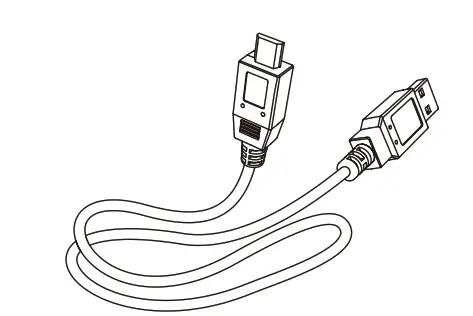

USB charging cable (for charging only)


Quick start guide
Other devices
A mobile phone or device (e.g. notebook, PDA, Bluetooth adapters, MP3 players etc) which supports Bluetooth and is compatible to the headset (see ‘Technical data’ on page 7).
Overview of your Bluetooth wireless headphones


1 + Volume control button2 On/o button3 - Volume control button4 Micro USB charging slot5 LED indicator6 Microphone
3 Get started
Charge the battery
![]()
![]()
![]()
![]()
![]()
- Before you use your headset for the rst time, charge the battery for 5 hours for optimum battery capacity and lifetime.
- Use only the original USB charging cable to avoid any damage.
- Finish your call before charging the headphones, as connecting the headphones o.
- You can operate the headphones normally during charging.
Connect the supplied USB charging cable to:
- the micro USB charging slot on the headphones and;
- the charger/USB port of a computer.LED turns white during charging and turns o when the headphones is fully charged
Tip
- Normally,a full charge takes 2 hours.
Pair the headphones with your mobile phone
Before you use the headphones with your mobile phone for the rst time, pair it with a mobile phone. A successful pairing establishes a unique encrypted link between the headphones and mobile phone. The headphones store the last 8 devices in the memory. if you try to pair more than 8 devices,the earliest paired device is replaced by the new one.
- Make sure that the heaphones are fully charged.
- Press and hold for 2 seconds to turn the headphones on.
- Make sure that the mobile phone is turned on and its Bluetooth feature is activated.
- Pair the headphones with the mobile phone. For detailed information. refer to the user manual of your mobile phone.
The following example shows you how to pair the headphones with your mobile phone.
- Activate the Bluetooth feature of your mobile phone, select Philips SH402.
- Enter the headset password”0000” (4 zeros) if prompted. For those mobile phones featuring Bluetooth 3.0 or higher, no need to enter a password.


4 Use your headphones
Connect the headphones to a Bluetooth device
- Turn on your mobile phone/Bluetooth device.
- Press and hold for 3 seconds to turn the headphones on.The blue light on.The headphones are reconnected to the last connected mobilephone/Bluetooth device automatically. If the headphone can not connect to last device within 13s, enter pairing mode.
Tip
- If you turn on the mobile phone/Bluetooth device or activate the Bluetooth feature after turning on the headphones, you have to reconnect the headphones and mobile phone/Bluetooth device manually.
![]()
![]()
![]()
![]()
![]()
- If the headphones fails to connect to any Bluetooth device within range in 5 minutes, it will power o automatically to save the battery life.
Manage your calls and music
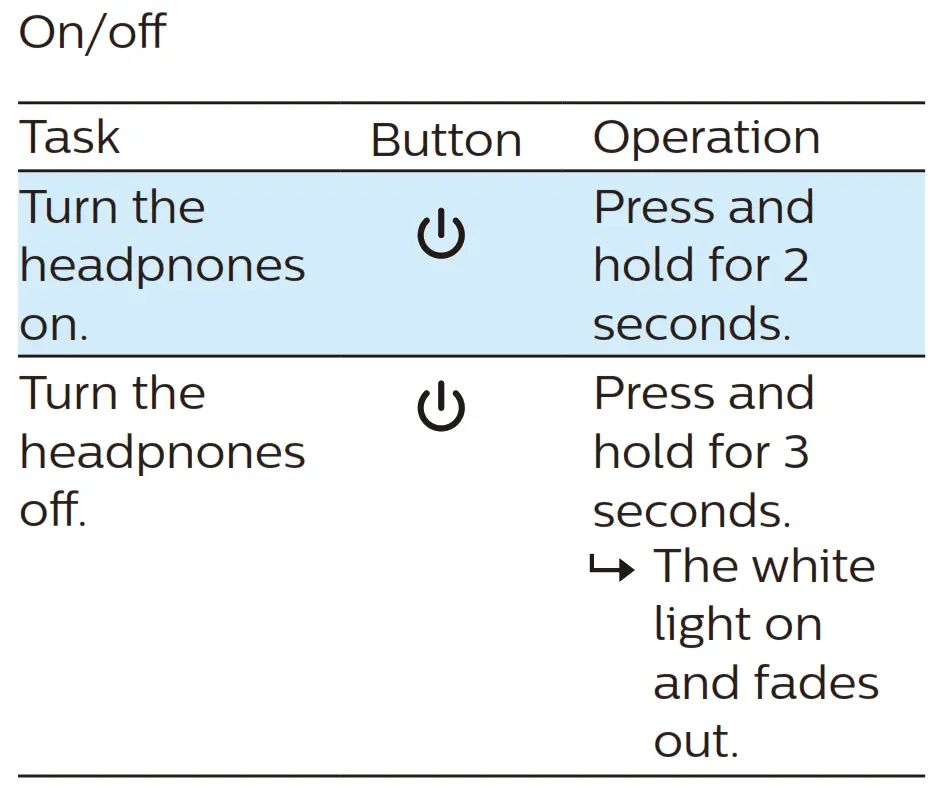





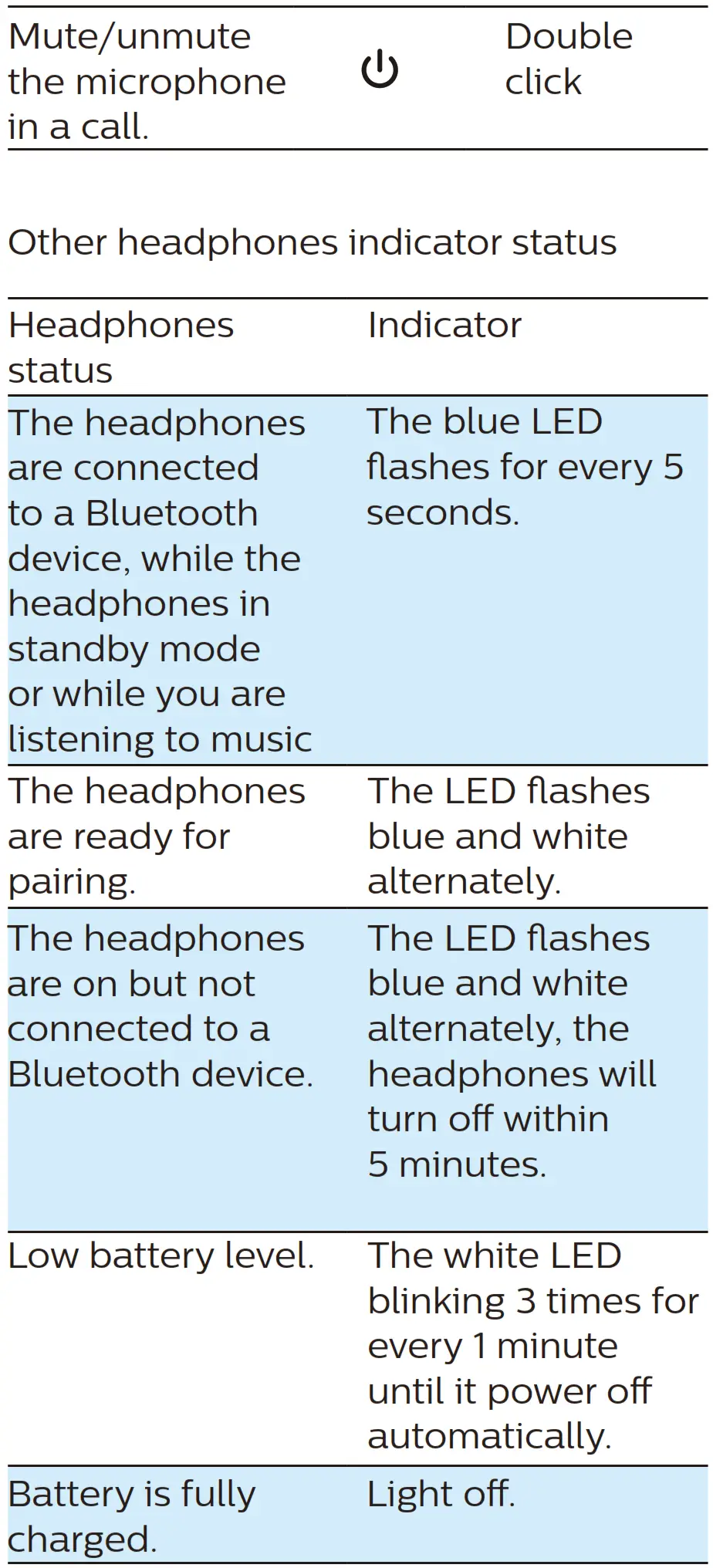

Wear your headset
Adjust the headband to t your head.


5 Technical data
- Music time: 20 hours
- Talk time: 20 hours
- Standby time: 800 hours
- Normal time for a full charge: 2 hours
- Rechargeable lithium polymer battery (200 mAh)
- Bluetooth 5.0,support (Hands-Free Prole – HFP),Bluetooth stereo supported(Advanced Audio DistributionProle – A2DP; Audio Video RemoteControl Prole – AVRCP)
- Frequency range: 2.402-2.480GHz
- Transmitter power: < 4dBm
- Operating range: Up to 10 meters (33 feet)
- Digital echo & noise reduction for call clarity
- Auto power off
![]()
![]()
![]()
![]()
![]()
- Specications are subject to change without notice.
6 Notice
Declaration of conformity
Hereby, MMD Hong Holding Limited declares that this product is in compliance with the essential requirements and other relevant provisons of Directive 2014/53/EU. You can find the Declaration of Conformity on www.p4c.philips.com.
Disposal of your old product and battery
![]()
![]()


![]()
![]()
Remove the integrated battery
![]()
![]()
![]()
![]()
![]()
- Make sure the headphones are disconnected from the USB charging cable before removing the battery.
If there is no collection/recycling system for electronic products in your country. you can protect the environment by removing and recycling the battery before disposing the headphones.


Compliance with EMF
This product complies with all applicable standards and regulations regarding exposure to electromagnetic fields.Environmental informationAll unnecessary packaging has been omitted. We have tried to make the packaging easy to separate into three materials: cardboard (box), polystyrene foam (buffer) and polyethylene (bags, protective foam sheet.)Your system consists of materials which can be recycled and reused if disassembled by a specialized company. Please ovserve the local regulations regarding the disposal of packaging materials, exhausted batteries and old equipment.
Trademarks
BluetoothThe Bluetooth® word mark and logos are registered trademarks owned by Bluetooth SIG, Inc. and any use of such marks by MMD Hong Kong Holding Limited is under license.
Notice of complianceThe device complies with the FCC rules. Part 15. Operation is subject to the following two conditions:
- This device may not cause harmful interference, and
- This device must accept any interference received, including Interference that may cause undesired operation.
FCC rulesThis equipment has been tested and found to comply with the [Mills for a Class B digital device, pursuant to part 15 of the FCC Rules. These limits are designed to provide reasonable protection against harmful interference In a residential installation.This equipment generates. uses and can radiate radio frequency energy and, If not installed and used in accordance with the instruction manual. may cause harmful Interference to radio communications.
However, there is no guarantee that Interference will not occur in a particular installation. If this equipment does cause harmful interference to radio or television reception, which can be determined by turning the equipment off and on, the user is encouraged to try to correct the interference by one or more of the following measures:
- Relocate the receiving antenna
- Increase the separation between equipment and receiver.
- Connect the equipment into an outlet on a circuit different from that to which the receiver is connected.
- Consult the dealer or an experienced radio/TV technician for help.
FCC Radiation Exposure Statement:This equipment complies with FCC radiation exposure limits set forth for an uncontrolled environment.This transmitter must not be co-located Or operating in conjunction with any other antenna or transmitter.
FCC Compliance Statement:changes or modifications not expressly approved by the party responsible for compliance could void the user’s authority to operate the equipment.This equipment has been tested and found to comply with the limits for a Class B digital device, pursuant to Part 15 of the FCC Rules. These limits are designed to provide reasonable protec¬tion against harmful interference in a residential installation. This equipment generates. uses and can radiate radio frequency energy and, if not installed and used in accordance with the instructions, may cause harmful interfer¬ence to radio communications. However, there is no guarantee that interference will not occur in a particular installation.If this equipment does cause harmful interference to radio or television reception, which can be determined by turning the equipment o and on, the user is encouraged to try to correct the interference by one or more of the following measures:— Reorient or relocate the receiving antenna.— Increase the separation between the equipment and receiver.— Connect the equipment into an outlet on a circuit dierent from that to which the receiver is connected.— Consult the dealer or an experienced radio/TV technician for help.
ISED Compliance Statement:This device contains licence-exempt transmitter(s)/receiver(s) that comply with Innovation, Science and Economic Development Canada’s licence-exempt RSS(s). Operation is subject to the following two conditions:
- This device may not cause interference.
- This device must accept any interference, including interference that may cause undesired operation of the device.
Caution: The user is cautioned that changes or modifications not expressly approved by the party responsible for compliance could void the user’s authority to operate the equipment.
7 Frequently asked questions
My Bluetooth headphones do not switch on.The battery level is low. Charge the headphones.
I cannot pair my Bluetooth headphones with a mobile phone.The Bluetooth is disabled. Enable the Bluetooth feature on your mobile phone and turn on the mobile phone before you turn on the headphones.
Pairing does not work.Make sure the headphones are in pairing mode.
- Follow the steps described in this user manual (see ‘Pair the headphones with your mobile phone– on page 4).
- Make sure that the LED fight flashes blue and white alternately
The mobile phone cannot find the headphones.
- The headphones may be connected to a previously paired Turn off the connected device or move it out of range.
- Pairing may have been reset or the headphones have been previously paired with another device. Pair the headphones with the mobile phone again as described in the user manual (see ‘Pair the headphones with your mobile phone on page 4).
My Bluetooth headphones are connected to a Bluetooth stereo enabled mobile phone, but music only plays on the mobile phone speaker. Refer to the user manual of your mobile phone. Select to listen to music through the headphones.
The audio quality is poor and crackling noise can be heard.The Bluetooth device is out of range. Reduce the distance between your headphones and Bluetooth device, or remove obstacles between them.
The audio quality is poor when streaming from the mobile phone is very slow, or audio streaming does not work at all.
Make sure your mobile phone not only supports (mono) HFP but also supports A2DP (see ‘Technical data on page 7 ).
I hear but cannot control music on my Bluetooth device (e.g. play/pause/skip forward/backward).
Make sure the Bluetooth audio source supports AVRCP (see ‘Technical data• on page 7).
For further support, visit www.philips.com/support.
Philips and the Philips Shield Emblem are registered trademarks of Koninklijke Philips N.V.and are used under license. This product has been manufactured by and is sold under the responsibility of MMD Hong Kong Holding Limited or one of its affiliates, and MMD Hong Kong Holding Limited is the warrantor in relation to this product.Philips ActionFit SH402 Bluetooth wireless headphones User Manual – Philips ActionFit SH402 Bluetooth wireless headphones User Manual –
[xyz-ips snippet=”download-snippet”]

